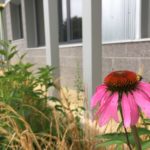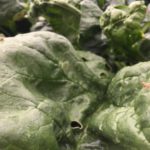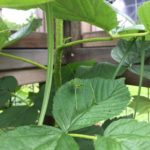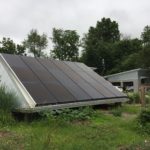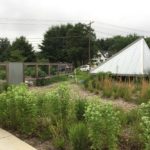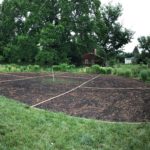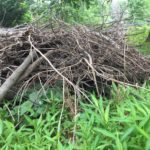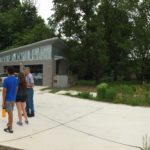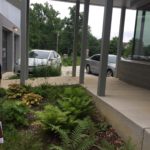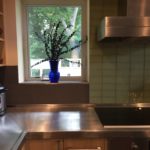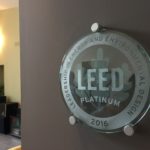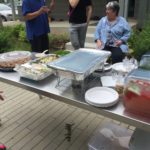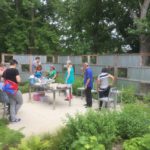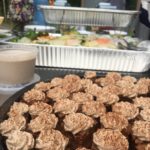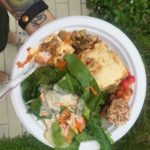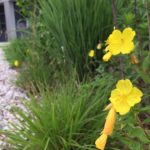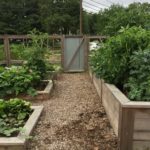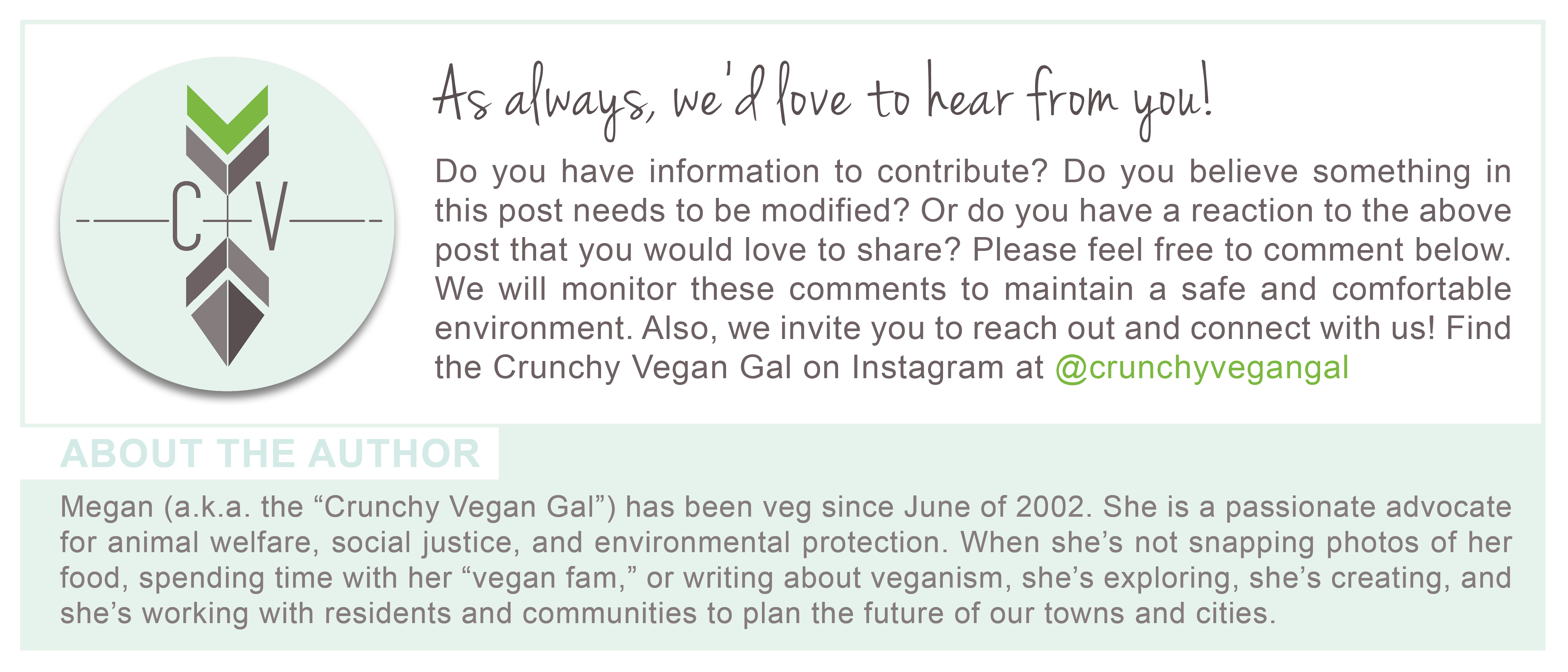How “green” is your home? And by ‘green,’ I mean eco-friendly—or environmentally-friendly.
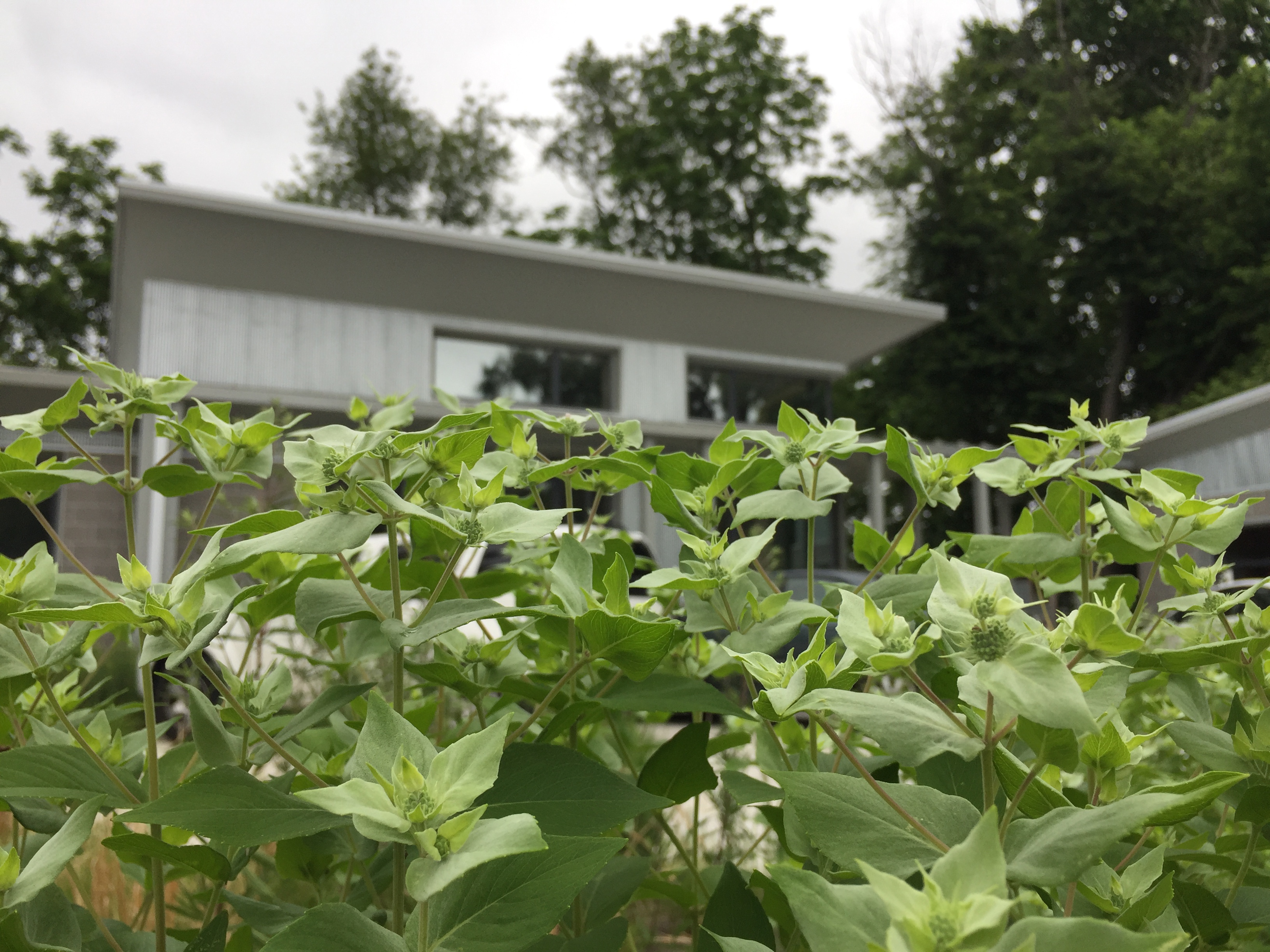
Well, I doubt it’s greener than the home I visited this morning. Today, I toured and volunteered some time at the Gaddy House. From the event details:
The Gaddy House is the residence of Edward Gaddy, a scientist at the Applied Physics Lab in Clarksville, Maryland. A home of about 2,000 sf, this project has achieved LEED-Homes v4 Platinum (Pilot) and Net Zero Energy Certification from the International Living Future Institute (ILFI). The project is pursuing Passive House and Living Building Challenge Petal certifications.
Borrowing on the agricultural history of the area, the Gaddy House has taken the approach of developing an edible landscape including native fruit and nut trees and shrubs. Native trees and shrubs will support the homeowner while re-introducing wildlife habitat to a previously non-native tree, shrub and turf landscape. If you want to track one of the species migrating to this garden, you can follow the monarch butterflies here:
https://www.learner.org/jnorth/maps/monarch.html.
Attendees toured the landscape while listening to Lauren Wheeler and Mary Sper, the project’s landscape architects, describe the gardens and specific plants, noting how they contribute to achieving the Urban Agriculture and Ecological Water Flow Imperatives of the Living Building Challenge certification requirements. The gardens were planted last year, and monarch butterflies have returned to this property for the first time since Ed Gaddy, the owner moved in to his new home. It was a bit early to see many monarchs today, but there were a few floating around, in addition to many, many pollinators!
The Landscape
The Gaddy House is in a residential neighborhood. Whereas the site was previously about 95% turf grass (described as “an ecological desert”), it is today a mere 6% turf grass—if that much. Today, the landscape is functional. Over 40% of the landscape is considered “urban agriculture.” This includes an enclosed vegetable garden, a prized mature cherry tree, a fruit-tree orchard, and plantings that offer edible plants for wildlife and humans alike. What’s not edible is nevertheless contributing to the ecosystem services of the landscape, through stormwater benefits, habitat resources, or via large-scale, mature trees that had been protected throughout the construction process. Additionally, in most places, clover was planted (which many view as a weed) instead of turf for its ability to attract pollinators.
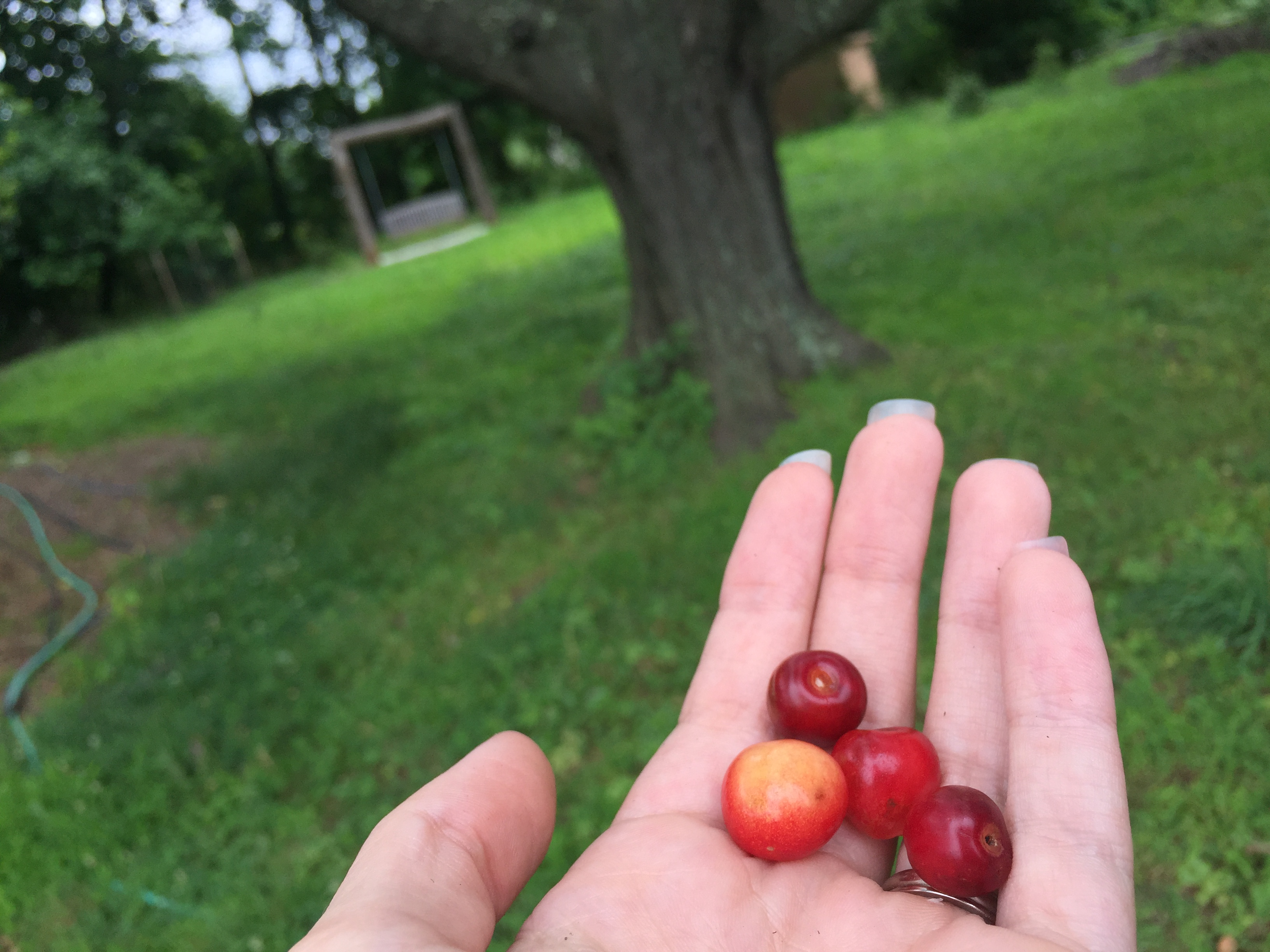
The home also features a fenced in garden, with a fence that’s high enough to keep most visitors out, but too low to keep the deer out (the fence has to be low enough to not impact an adjacent solar array). To dissuade deer from visiting and consuming all the veggies, plants that deer don’t particularly like were planted around the garden’s perimeter—from fennel and mint, to asparagus (though, the asparagus was apparently not entirely effective at this job!).
Of course, though visitors were discouraged in the garden, the landscape welcomed and celebrated wildlife. Many edible species were planted outside the fenced garden precisely for wildlife. Additionally, fallen twigs and branches were collected in piles throughout the site to provide brush and habitat for birds and rabbits. All layers of the landscape, from the highest tree canopy to the brush on the ground, were considered for their ecosystem potential.
Some turf remained, but this was minimal and served to provide a mowed edge alongside a low-mow area, where a series of test plots were examining a variety of seed mixes.
The House
Following the tour of the landscape, attendees walked inside to hear Ed and the architect, Miche Booz, provide a bit of backstory about the house, its construction, the certifications being pursued, and highlight some key elements of the home.
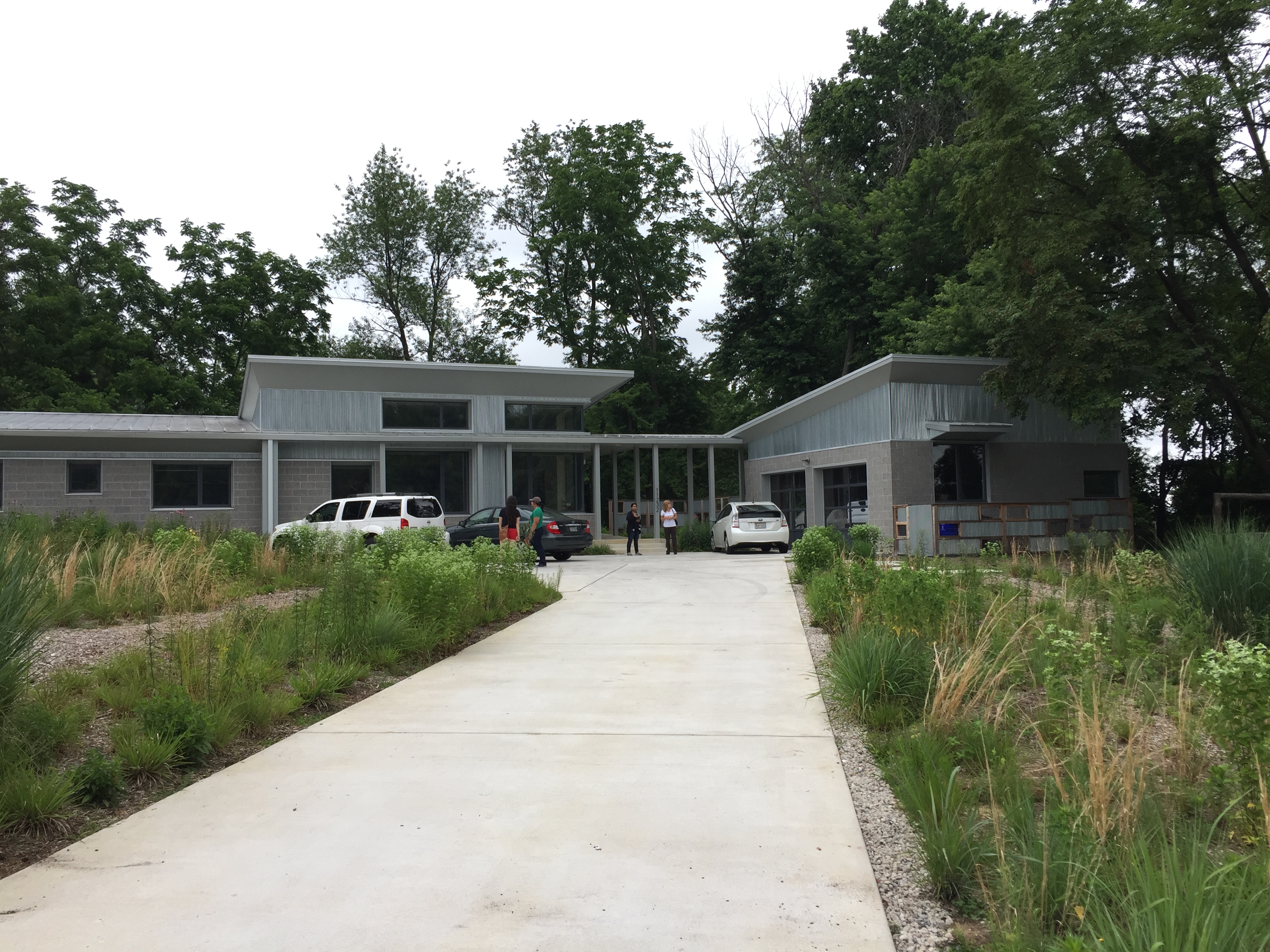
Ed described the intention of the project as a sort of prototype, to see if he could develop one of the most sustainable homes around. Indeed, pursuing no less than four certifications for sustainable architecture was no small feat! The house is currently certified Leadership in Energy and Environmental Design (LEED) Platinum (the highest possible award) and is certified Net Zero by the Living Future Institute. Other certifications are being pursued, such as Passive House and Living Building Challenge petal certifications.
With photovoltaic cells (solar panels), the house has been power positive for the past 24 months—since Ed has been living in the home! And it was so comfortable—with regards to both temperature and noise-level—inside.
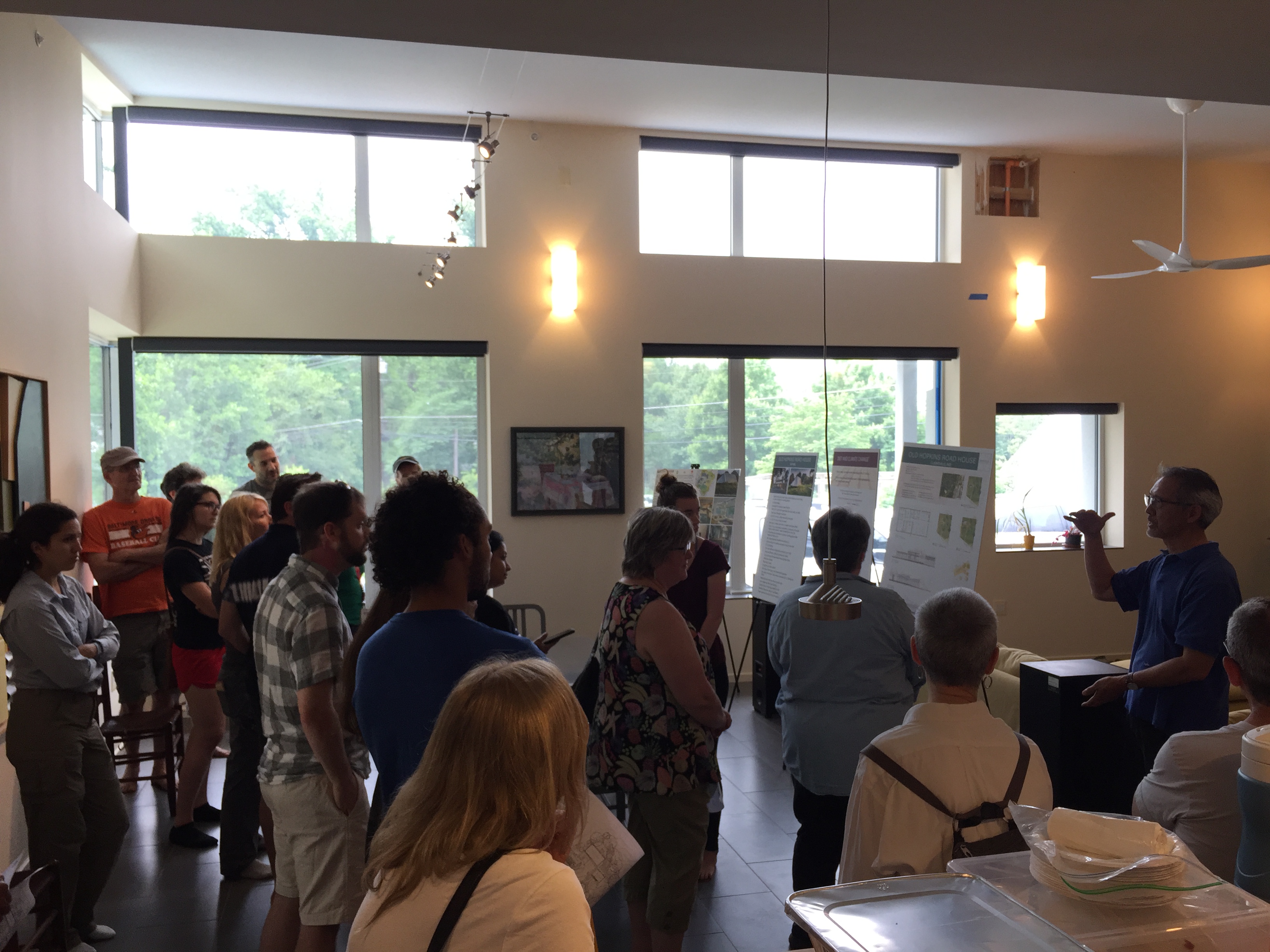
Volunteering + Eating
Attendees then volunteered to help the newly installed Living Building Challenge Landscape establish itself by weeding, pruning, and maintaining the garden. (While gardening, I met many a new insect friends!) The reward for all the hard work invested was an organic, whole food, plant-based meal, provided by GreenFare.
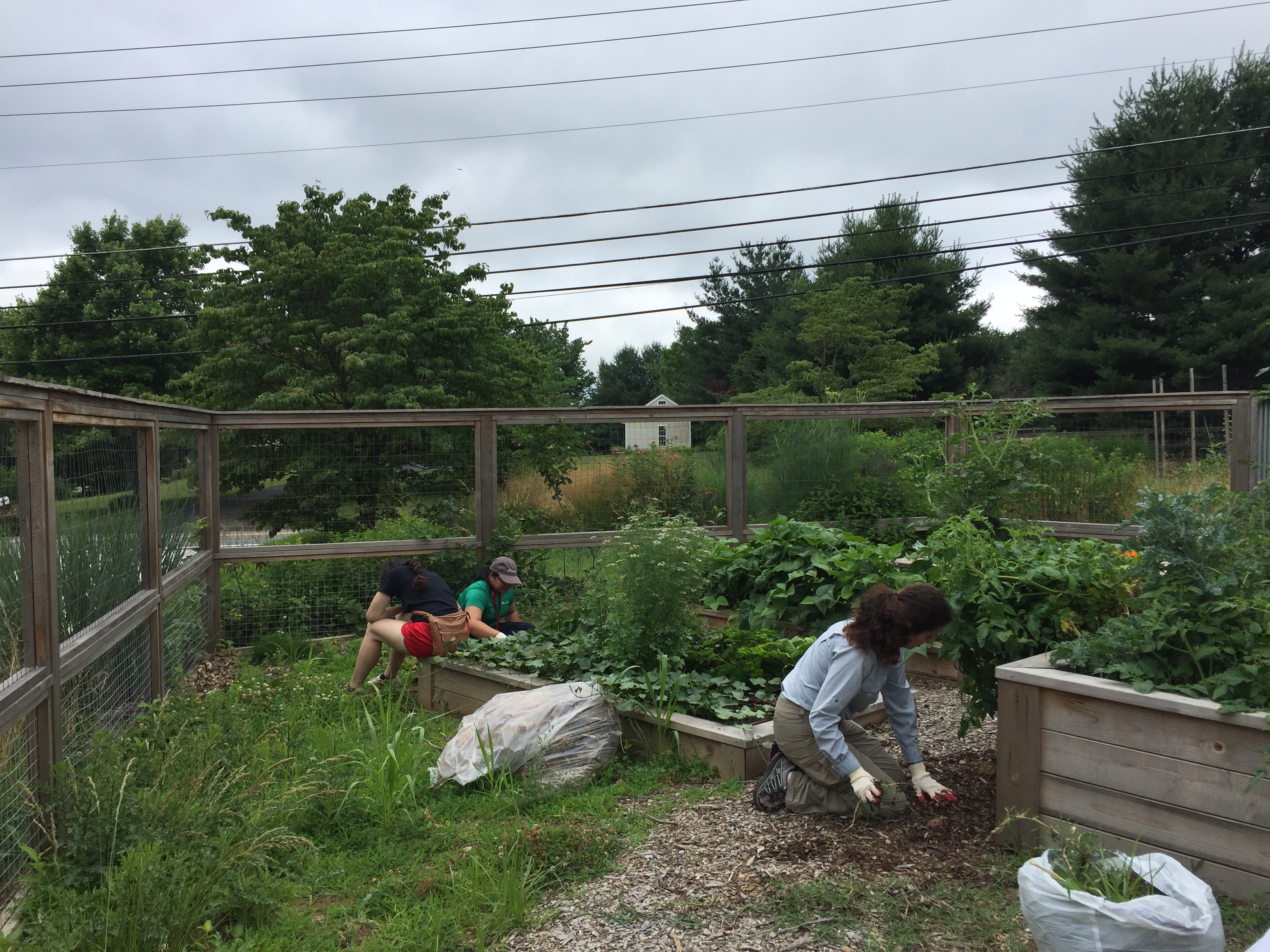
This little bit caught me off guard, actually. I wasn’t prepared for a meal, and when it was announced at the start of the event that there’d be food, I wondered what I could eat. Lo and behold, during his presentation about the house, Ed took a few minutes to talk about the health and environmental benefits of adopting a plant-based diet! A few minutes, with a captivated audience that’s clearly interested in living eco-friendly lifestyles, to explain the potential greenhouse gas footprint reduction of a plant-based diet! I was smiling and literally on the verge of happy tears!
The food was pretty good! It was salt, oil, and sugar-free (a.k.a. SOS-free), but Ed brought out the salt for anyone who needed it. I thought it was flavorful enough without it, but still worried that SOS-free was not an easy introduction to plant-based eating for folks who are still consuming meat. I certainly heard, “I don’t eat vegan food,” from more than a few people (to be fair, one was a young boy). In fact, one gal explained to me how she never really ate vegan food as she was holding a prized cucumber she plucked from the garden. I did not pass the opportunity to point out that she was holding “vegan food.” Nevertheless, as I looked around, plates—which were piled high to start with—were clean. And I think the environment in which they learned about some of the benefits of eating plant-based might have increased their chances of trying it out.
A Recommended Experience
While it’s not the sexiest tour you could go on, if a tour of an eco-friendly building is hosted near you, I’d highly recommend it. In my situation, I happened to have interned with Peter Doo, one of the consultants of the project who facilitated Living Building Challenge certification, while he worked on this project. So it was rewarding to see a project I worked on fully developed and lived in. Beyond that, it was a very educational experience which inspired a great many garden and efficiency ideas for my own home. And the vegan meal was an added bonus!


